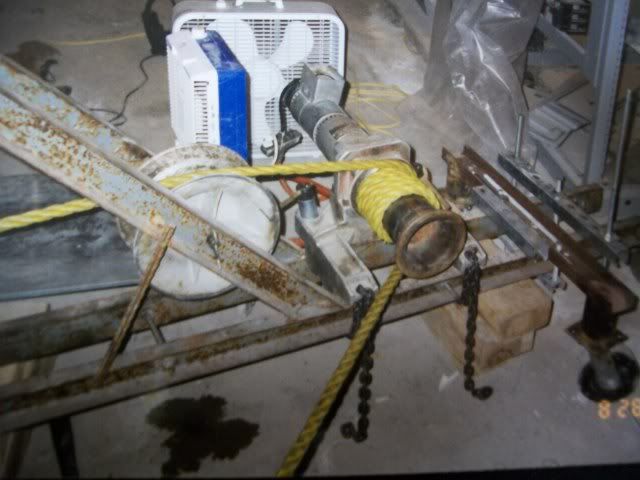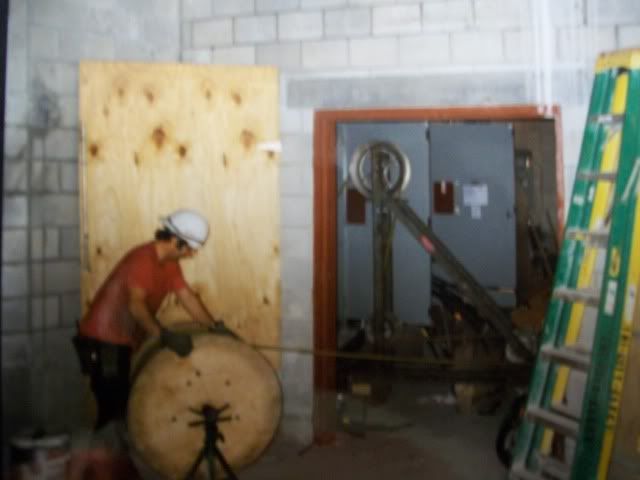from IEEE Std 524-2003:
9.1 Sheave diameter
It is generally recognized that as sheave diameters are made larger, the following advantages are gained:
a) The radius of bending of the conductor is increased, so the amount of strain and the amount of relative movement between individual wires in the conductor are reduced. This, in turn, reduces the amount of energy required to bend and straighten the conductor as it passes through the travelers. The force and energy required for such bending and straightening retards the passage of the conductor in much the same way as friction in the bearings of the travelers.
b) The bearing pressures between conductor strand layers are reduced, thus reducing potential conductor internal strand damage. This is commonly known as strand notching.
c) The force required to overcome friction in the bearings is reduced because of the greater moment arm for turning.
d) The number of rotations and speed of rotation are reduced, so wear on the bearings and grooves is alleviated.
...
Once the tension required to support the wire in a static condition is known, the next consideration is the amount of tension needed to pull the wire across the supports, which, in this case, are the travelers. The additional tension required here is primarily the work needed to bend the wire, not to overcome the friction on the bearings of the travelers.
If a solid round metal bar is bent around a radius, the metal on the inside of the bend must compress and the metal on the outside of the bend must stretch. It takes a considerable amount of force acting through an appreciable distance to bend such a rigid bar. Force acting through a distance is called work.
Wire rope or cable strand or conductor is made much more flexible than a solid bar by taking round wires and forming them into a helix. The greater flexibility of such a structure is due to the fact that the wire, at any point on the inside of the bend, does not have to compress, nor does it have to stretch on the outside of the bend. Instead, the wire simply slips around the helix so as to adjust for the shortening on the inside and the lengthening on the outside of the bend.
However, these wires are pressed together with considerable pressure. The pressure is due to and is proportional to the tension in the cable (the pull on the cable). Thus, the slipping of the wire around the helix when the cable is bent is accompanied by considerable friction. Therefore, while it takes a great deal less work to bend a cable than it does to bend a solid bar, it still involves an appreciable amount of work. Friction is proportional to the tension in the cable. Thus, the higher the tension, the more work is required to bend the cable around a radius.
At each point of support, as the cable or conductor is being pulled, the cable or conductor must bend to the sheave radius of the traveler at the entering side and then must be straightened out again at the leaving side. Thus, an appreciable amount of work (or resistance to pull) is developed at each sheave. The amount of work (resistance to pull) is proportional to the tension and is inversely proportional to the diameter of the sheave because it obviously takes more to bend around a smaller arc than around a larger arc.
...
Many variables will affect the assumed 98% efficiency of the travelers. Should very small sheaves be used, the efficiency of the travelers will be much less. On the other hand, cases of large sheaves, over 20 times conductor diameter at bottom of groove, have resulted in efficiency of over 99%. This is important as it must be considered in the selection of pulling and tensioning equipment and pulling lines.



